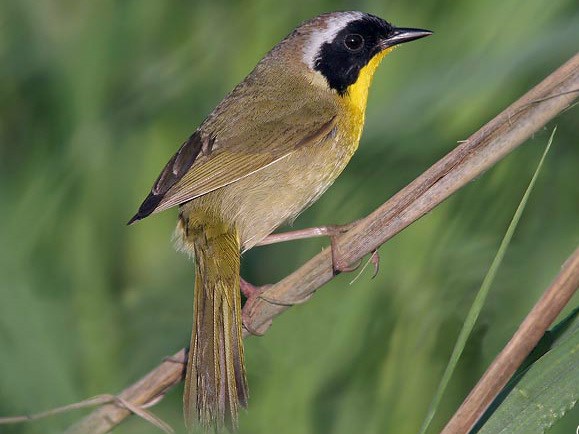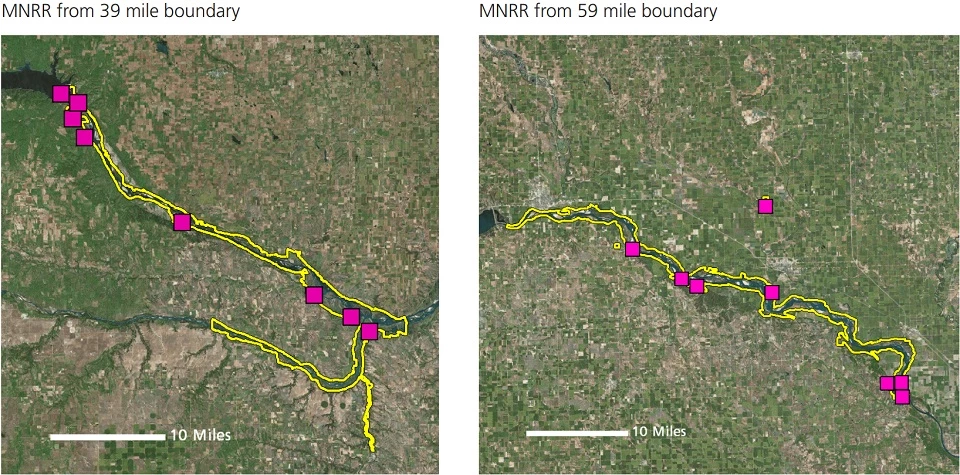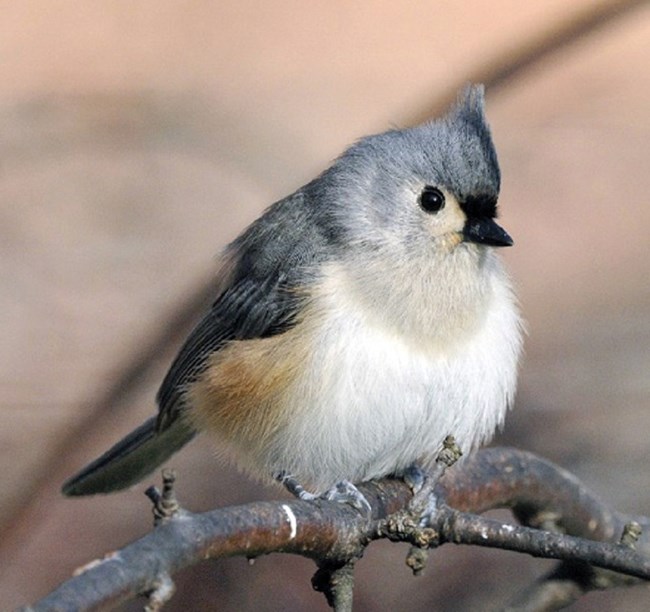Last updated: October 24, 2018
Article
Landbird Monitoring at Missouri National Recreational River

© Terry Sohl
Overview
The Missouri National Recreational River is comprised of two free-flowing portions of the river along the Nebraska-South Dakota border, the 39-mile and the 59-mile sections. The lands surrounding these river corridors support a broad diversity of ecosystems, ranging from wetlands and sand bars to cottonwood and bur oak woodlands as well as native prairie and grasslands. These diverse habitats support an equally diverse community of birds, including the endangered interior least tern and the threatened piping plover.
The Northern Great Plains Inventory and Monitoring Network developed a bird monitoring protocol jointly with Bird Conservancy of the Rockies (formerly the Rocky Mountain Bird Observatory), and three other Inventory and Monitoring Networks: Sonoran Desert, Chihuahuan Desert, and Southern Plains. The basic sampling unit is a 1 square km grid that contains 16 evenly-spaced sample points, separated by 250 m. Observers stand at pre-determined fixed points and record birds observed or heard over a 6-minute period. After completing the survey, observers navigate to the next point using GPS units.
Landbird surveys have been conducted at Missouri National Recreational River since the 2015 breeding season. This research is the beginning of a long-term effort to monitor species trends and densities. In 2016, a total of 3,152 birds representing 97 species were recorded during surveys.

NPS Photo
Monitoring Highlights (2016)
- The house wren was the most common species (8% of birds detected).
- Other common species included the mourning dove (6%), dickcissel (6%), and the red-winged blackbird (4%).
- Non-native species included the house finch, European starling, and ring-necked pheasant.
- Species that were new detections for the park included hooded warbler, Louisiana waterthrush, tufted titmouse, and western wood-pewee.

USFWS/Bill Thompson
Interesting Fact
The tufted titmouse lives in deciduous forest, typically in areas with dense canopy and many tree species. In Nebraska they appear to be associated with Oak/Hickory forests. They hoard food in fall and winter like their relatives the chickadees, and will take advantage of a bird feeders bounty. 2016 was the first year this species was recorded at the park.
For More Information
Protocol Contact, Northern Great Plains Inventory and Monitoring Network
Angela JardingLinks
Rocky Mountain Avian Data Center
Summary by Angela Jarding March 2017
View the list of birds detected at this park by downloading the 2016 PDF from the NPS Data Store
